Amazon’s founder, Jeff Bezos, says “work-life balance” is a “debilitating phrase” as it implies there’s a trade-off. Instead, he sees it as a circle.
Get the latest international news and world events from around the world.
$0,00 AI Tools That Can Make You Money
I normally don’t post videos, but I think many may want to watch this it’s pretty cool. A guy talks about or rather reviews 7 Free AI tools that you can try out now. Some you get credits, and then subscribe later. They are pretty cool. The one that makes music from a description is hilarious.
🎖️ Hostinger: https://hostinger.com/wearenocode.
❇️ FREE COURSE: https://bit.ly/4aBjbaU
🚀 1-on-1 COACHING: https://www.wearenocode.com/mvp-accelerator.
🛠 TOOLS:
Outbond: https://www.outbond.io/
Google AI Studio: https://aistudio.google.com/live.
Gamma: https://gamma.app/signup?r=mgp7dnjaverd8n2
Hostinger: https://hostinger.com/wearenocode.
Suno: https://suno.com/
Leonardo AI: https://leonardo.ai/
Eleven Labs: https://try.elevenlabs.io/mixajdyhxnx3
Runway AI: https://runwayml.com/
Full Repository: https://bit.ly/4bw2uyI
I normally don’t post videos, but I think many may want to watch this it’s pretty cool. A guy talks about or rather reviews 7 Free AI tools that you can try out now. Some you get credits, and then subscribe later. They are pretty cool. The one that makes music from a description is hilarious.
🎖️ Hostinger: https://hostinger.com/wearenocode.
❇️ FREE COURSE: https://bit.ly/4aBjbaU
🚀 1-on-1 COACHING: https://www.wearenocode.com/mvp-accelerator.
🛠 TOOLS:
Outbond: https://www.outbond.io/
Google AI Studio: https://aistudio.google.com/live.
Gamma: https://gamma.app/signup?r=mgp7dnjaverd8n2
Hostinger: https://hostinger.com/wearenocode.
Suno: https://suno.com/
Leonardo AI: https://leonardo.ai/
Eleven Labs: https://try.elevenlabs.io/mixajdyhxnx3
Runway AI: https://runwayml.com/
Full Repository: https://bit.ly/4bw2uyI
🚨 SUBSCRIBE TO THE CHANNEL
https://bit.ly/wearenocodeyt.
➡️ VISIT WeAreNoCode Website:
https://www.wearenocode.com.
#nocode #startups #entrepreneur #saas #AI
‚00 AI Tools That Can Make You Money” | >
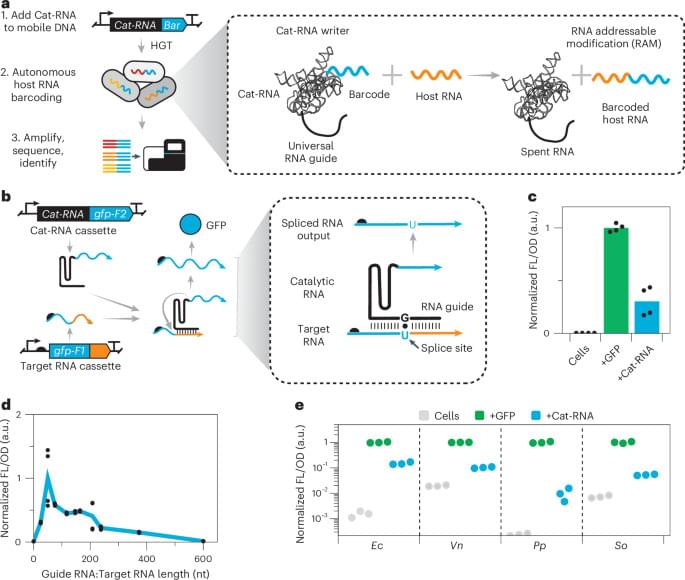
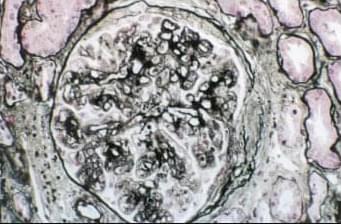
AJKD Atlas of Renal Pathology: Immunotactoid Glomerulopathy
Immunotactoid glomerulopathy occurs in adults, on average at 60 years of age, and often presents with nephrotic proteinuria, reduced glomerular filtration rate, and hypocomplementemia in half of affected patients. Patients do not have cryoglobulins, but a circulating monoclonal paraprotein and/or lymphoplasmacytic malignancy is present in about two-thirds. Prognosis depends on the outcome of the associated disease, with half of the affected patients achieving remission with therapy directed at the malignancy.
China’s deep-sea cable cutter could disrupt 95% of world communications
China’s latest tool can sever communication and power cables located deep in the oceans, giving it the power to disrupt global infrastructure.

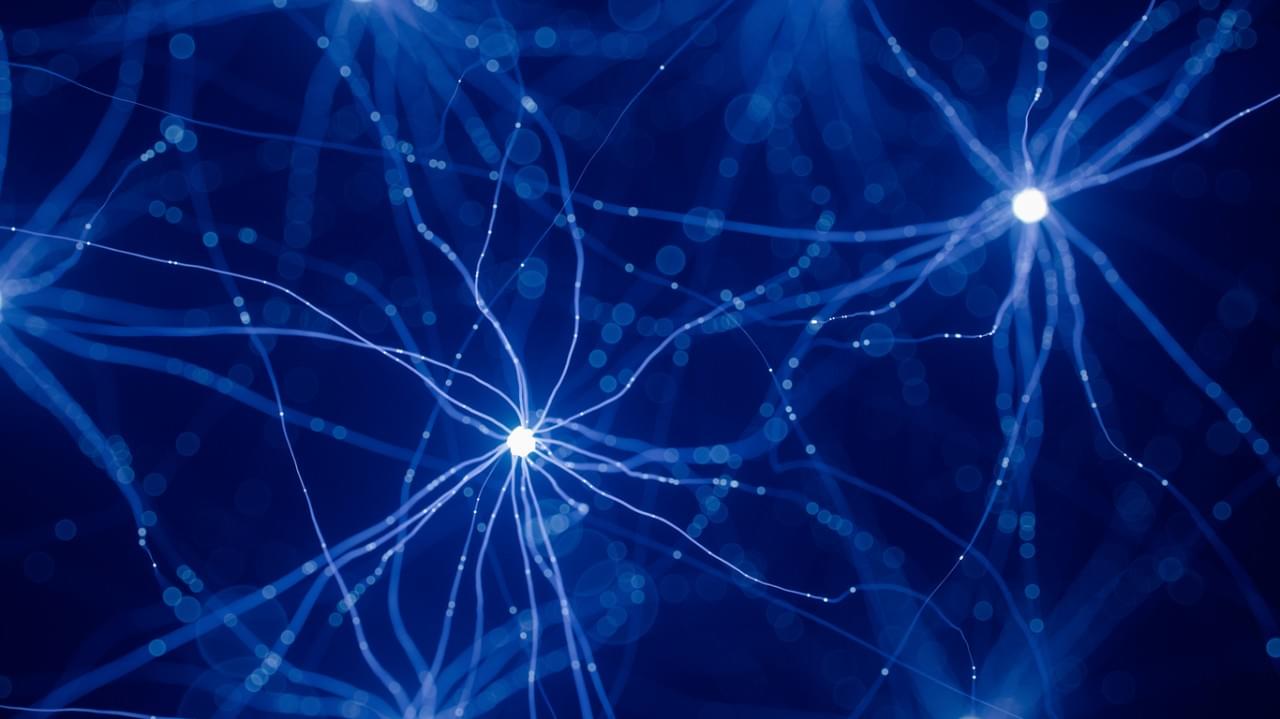
Study: Machine learning aids in detection of ‘brain tsunamis’
The University of Cincinnati is leading public urban universities into a new era of innovation and impact. Our faculty, staff and students are saving lives, changing outcomes and bending the future in our city’s direction. Next Lives Here.
Study coauthors include UC’s Sreekar Puchala and Anca Ralescu and Ethan Muchnik of the University of Oregon. The study authors declare no competing interests.
This work was supported by the Office of the Assistant Secretary of Defense for Health Affairs, through the Defense Medical Research and Development Program under Award No. W81XWH-16–2–0020. Opinions, interpretations, conclusions and recommendations are those of the author and are not necessarily endorsed by the Department of Defense.

The Impact of Socio-Economic Challenges and Technological Progress on Economic Inequality: An Estimation with the Perelman Model and Ricci Flow Methods
Keywords: technological advances, economical inequality, GinI coefficient, Ricci flow, Perelman models, technological innovations, research and development, innovations, sensitive analyze, automatization, economic stability, socio-economic challenges.
JEL Classification: E22, O11, O32.
Cite as: Gondauri, D. (2024). SocioEconomic Challenges, 8, 161–175. https://doi.org/10.61093/sec.8.161-175.2024.
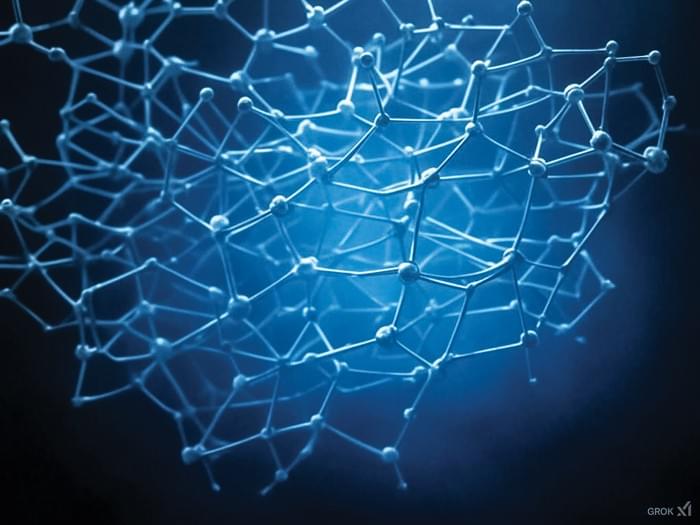
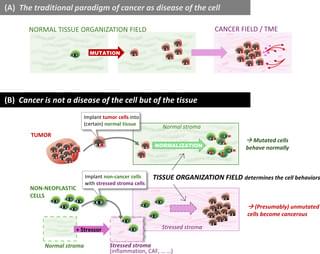
The end of the genetic paradigm of cancer
Genome sequencing of cancer and normal tissues, alongside single-cell transcriptomics, continues to produce findings that challenge the idea that cancer is a ‘genetic disease’, as posited by the somatic mutation theory (SMT). In this prevailing paradigm, tumorigenesis is caused by cancer-driving somatic mutations and clonal expansion. However, results from tumor sequencing, motivated by the genetic paradigm itself, create apparent ‘paradoxes’ that are not conducive to a pure SMT. But beyond genetic causation, the new results lend credence to old ideas from organismal biology. To resolve inconsistencies between the genetic paradigm of cancer and biological reality, we must complement deep sequencing with deep thinking: embrace formal theory and historicity of biological entities, and (re)consider non-genetic plasticity of cells and tissues. In this Essay, we discuss the concepts of cell state dynamics and tissue fields that emerge from the collective action of genes and of cells in their morphogenetic context, respectively, and how they help explain inconsistencies in the data in the context of SMT.
Citation: Huang S, Soto AM, Sonnenschein C (2025) The end of the genetic paradigm of cancer. PLoS Biol 23: e3003052. https://doi.org/10.1371/journal.pbio.
Copyright: © 2025 Huang et al. This is an open access distributed under the terms of the Creative Commons Attribution License, which permits unrestricted use, distribution, and reproduction in any medium, provided the original author and source are credited.
